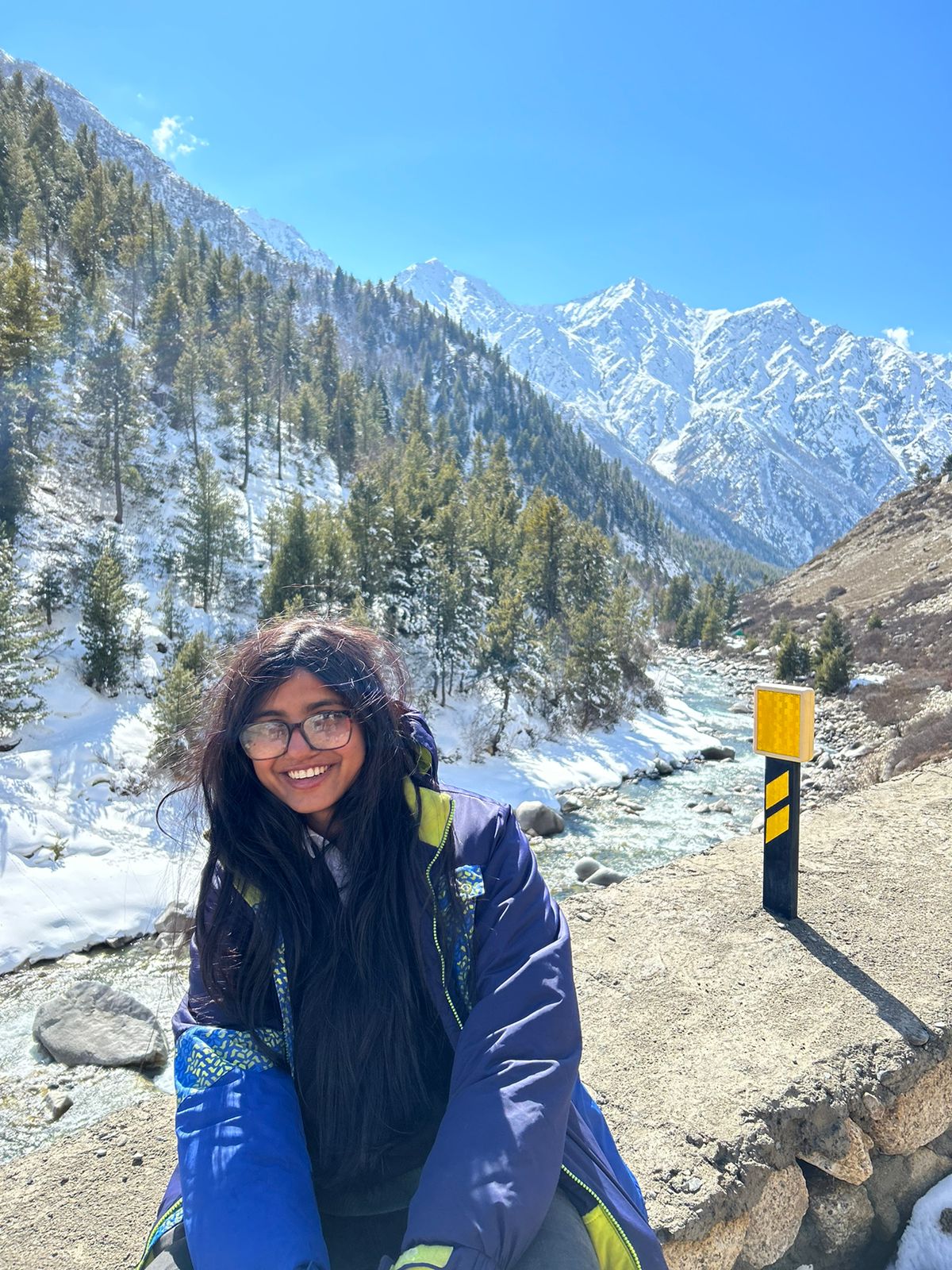Ce qu'il fait
Without clean water, people in post-flood regions are highly vulnerable to deadly waterborne diseases like diarrhea. Jalshuddhi offers a convenient manual method for purifying water in these critical situations where electricity might not be available.
Votre source d'inspiration
In order to gain a comprehensive understanding of the water-related challenges faced by farmers and individuals in the Haryana-Punjab farming belt, as well as to gather insights from specialists and locals, I embarked on a field research expedition. During my visit to the farming belt, I engaged in conversations with local farmers to grasp the daily challenges they encountered concerning water quality and availability. Through these dialogues, I discovered that the existing water sources were often contaminated with agricultural runoff, pesticides, and other pollutants. To delve deeper into the technical aspects of water filtration, I sought out specialists and experts in water purification technologies. Conversations with these professionals provided valuable insights into the limitations of current filtration methods, particularly in terms of scalability, affordability, and adaptability to the rural context. I have developed low-fidelity prototypes using preexisting bicycle pumps to test the feasibility and functionality of our design. By repurposing and modifying these pumps, we were able to create initial working models that demonstrated the basic principles of our water filtration system.
Comment ça marche
The dirty water initially passes through a ceramic pre-filter designed to capture larger debris and particles present in the water source. To initiate the filtration process, the pump requires priming with 6 to 7 pushes, drawing water up from the source. Once the filter cartridge is filled with water, a downward push on the pump activates the next phase of the process. With each compression of the pump, clean water is forced through the membrane, effectively removing impurities and contaminants. The piston mechanism pushes water through an ultrafiltration membrane. Compared to ceramic filters, ultrafiltration membranes, with pore sizes of 0.01 to 0.1 microns, remove bacteria, viruses, and sediment. In choosing the form and mechanism of a bicycle pump or a foot pump for our water filter, we sought to leverage the familiarity of these everyday tools within the communities we aim to serve. For many individuals in these communities, the bicycle pump or foot pump is not just a utilitarian object but a symbol of reliability and functionality, deeply ingrained in their daily lives.
Processus de conception
The design process of Jalshuddhi began with identifying the urgent need for clean water in rural and disaster-stricken areas. The concept was to create a portable, affordable water filtration system using a familiar mechanism: the bicycle pump. Initial low-fidelity prototypes were made by disassembling and repurposing old bicycle pumps, which helped test the basic pumping mechanism. Through iterative testing, I addressed issues like air ingress and inconsistent water pressure by refining the dimensions and tolerances of the pump components. I also toyed around with the form of the product a lot, unsure on how I wanted the form of the water filter to be. The initial struggle involved conceptualising its form—should it be in a bottle, and how would one carry and deploy it effectively? Challenges such as ensuring durability in harsh conditions, addressing ease of maintenance for users with limited resources, and optimising cost-effectiveness while maintaining high filtration standards were also pivotal in refining Jalshuddhi's design.
En quoi est-il différent ?
Unlike personal filters like LifeStraw, which are typically designed for individual use, Jalshuddhi draws inspiration from everyday tools like the bicycle pump, a familiar sight in South Asian and many other such lower income households. This design choice not only makes it intuitive and easy for farmers and rural communities to understand and use without extensive training but also facilitates broader community use, supporting entire families or small communities effectively. Moreover, its manual operation eliminates the need for electricity or batteries, ensuring energy independence and making clean water accessible anytime and anywhere, even in remote or off-grid locations where power supply is unreliable.
Plans pour l'avenir
My future plans for this involve collaborating with water purification experts to optimize the filtration technology and enhance the pump mechanics. My future plans for her include creating a high-fidelity prototype to further refine the design and functionality. By testing this prototype with a larger group of users, I aim to identify constraints and gather valuable feedback to make necessary improvements. Ultimately, I plan to pursue patent protection and seek incubation opportunities with the right guidance, ensuring jalshuddhi can be scaled and deployed to provide clean water to rural and refugee communities effectively.



Partager cette page sur